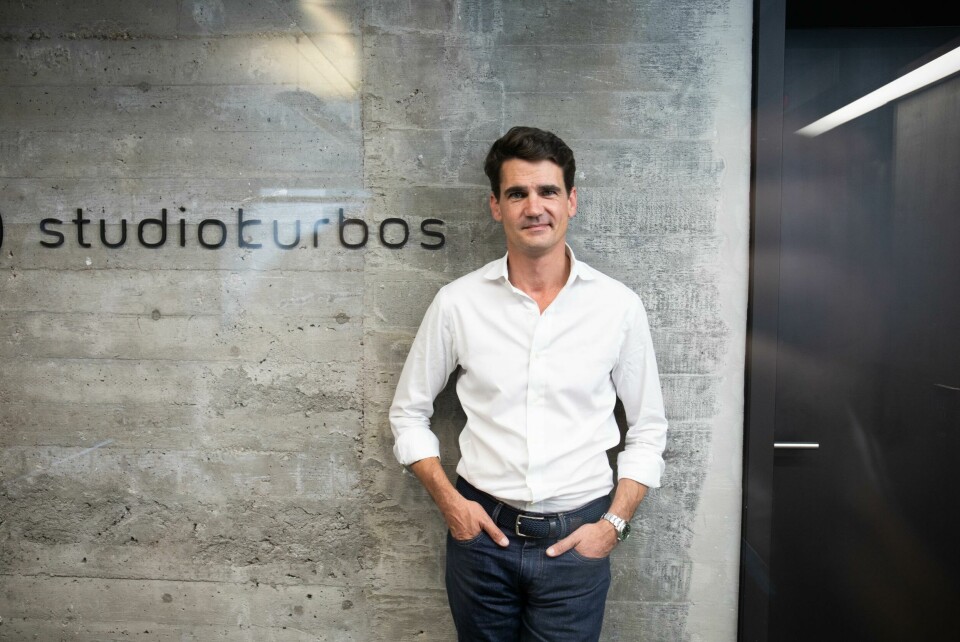
CDR 11: “Studiokurbos moves with speed, agility and independence”
Andreas Kurbos, CEO of Studiokurbos, speaks on the growing importance of CMF design and the integration of smartphones into vehicles
Studiokurbos is a design studio that faces the current challenges in areas such as exterior and interior design, sustainable materials, the circular economy, UI/UX, advanced screens and ‘shy tech.’ The next 12 months promise to be just as demanding, requiring new ideas and a clear vision.
Founded in 2013 by CEO Andreas Kurbos, Studiokurbos was established with a clear understanding of the growing need for specialised user experience (UX) and user interface (UI) design, particularly in the automotive industry. The studio’s journey began with a key project for Porsche, where they provided UX and UI expertise.
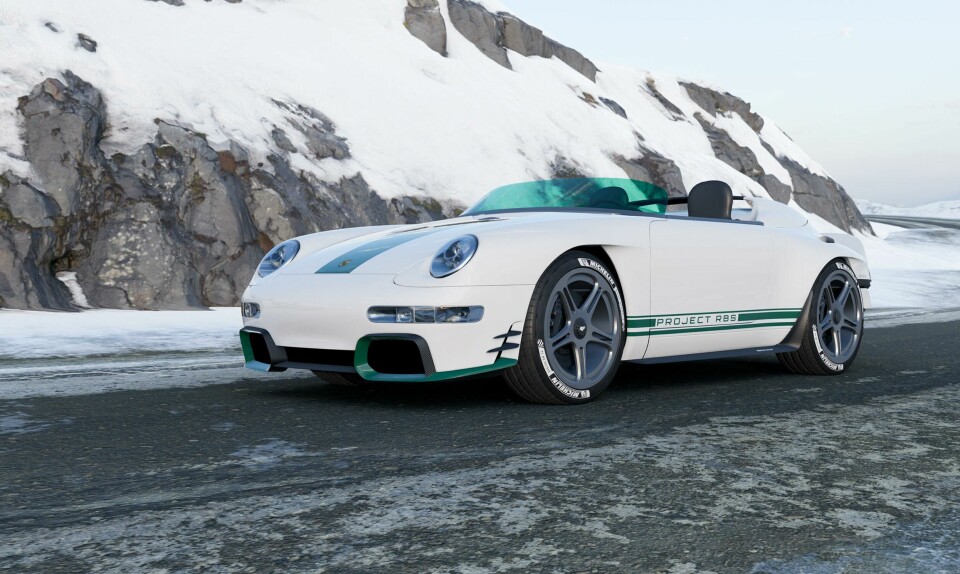
Over the years, it has built strong and ongoing partnerships with Porsche, as well as other prestigious brands such as Wiesmann Sports Cars and Mercedes-Benz. In 2021, Studiokurbos opened a studio in Shanghai, recognising the market’s growth and development. The studio places great emphasis on focusing on the essentials, especially for traditional brands.
This is something that non-European brands, particularly in Asia, often struggle with – they are still in search of a clear purpose or meaning for their brands. Many of these brands lack a strong tradition or a meaningful history, with only a logo, a name and products. What’s often missing is a deeper philosophy. It will be interesting to see how these brands evolve.
With studios in Stuttgart and Shanghai, Studiokurbos attracts talented designers from around the world. The German studio employs about 40 people, while the studio in Shanghai has about 20. The company offers a wide range of services to clients worldwide, including exterior, interior, product, UI/UX, colour, materials and finish (CMF), and computer-aided design (CAD) design.
Unlike brands with a defined design identity, like Porsche Design, Studiokurbos creates a unique approach tailored to each client and creative challenge
Around 80% of the studio’s work is in the automotive sector, with the remaining 20% in non-automotive fields, which adds diversity to the projects. Beyond automotive design, Studiokurbos works on a diverse portfolio that ranges from kitchen sinks to gaming chairs and automotive accessories.
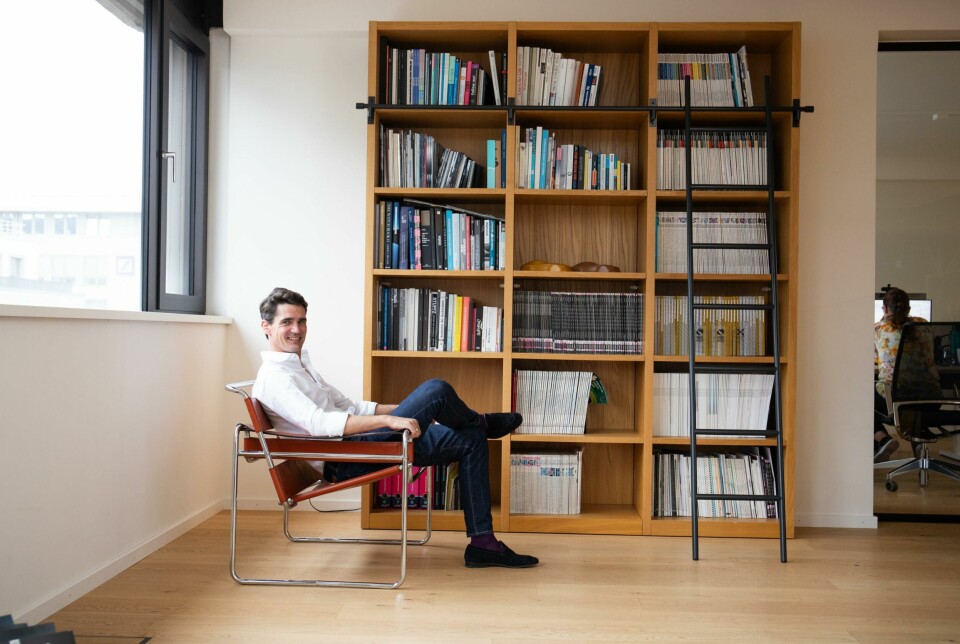
There is no direct connection between designing everyday products and cars, but it provides designers with a refreshing change from their usual automotive work. The variety in projects depends on the skills and character of the designers – some may excel at creating luxury interiors, while others might thrive in designing more practical, everyday items.
What was once seen as an afterthought – like adding salt to a soup – is now a crucial part of the design process. CMF can even shape the direction of the entire project, with a focus on surfaces, textiles, and the overall tactile experience
Studiokurbos moves with speed, agility, and independence, offering a powerful edge in the design world. The studios adapt to different customs, targets, budgets and timelines in every project. Unlike brands with a defined design identity, like Porsche Design, Studiokurbos creates a unique approach tailored to each client and creative challenge. For Studiokurbos, good design is the key to success.
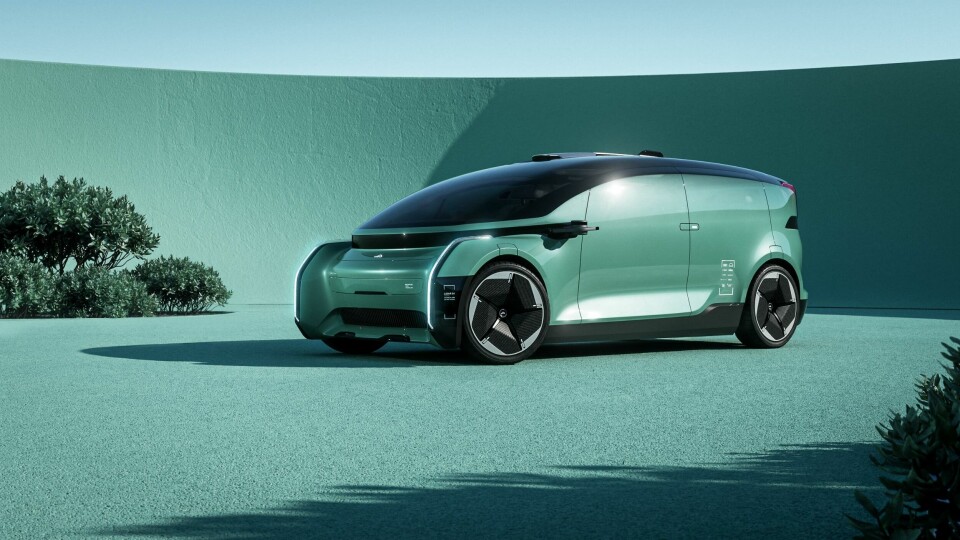
The design process starts by understanding the context of a future product, considering factors such as users, customers, competitors, society and technological possibilities. The studio has two main departments: User Experience Design (UXD) and Automotive and Product Design (APD). Within APD, there is a traditional design team focused on sketching and creating renderings, and teams for CMF, CAD and project management. The UXD department has two UI teams – one in Shanghai and one in Stuttgart – along with a dedicated UX team based in Stuttgart.
The future of automotive design seems increasingly tied to integrating smartphones into vehicles, with systems like Android Auto and Apple CarPlay expected to dominate in the long run
The importance of CMF design has grown significantly in recent years. Initially, the studio didn’t see the need for a dedicated CMF team, as material libraries and supplier networks were costly, and clients weren’t willing to pay for this expertise. However, with rising sustainability concerns and the effects of COVID, the approach to CMF has changed. What was once seen as an afterthought – like adding salt to a soup – is now a crucial part of the design process. CMF can even shape the direction of the entire project, with a focus on surfaces, textiles, and the overall tactile experience.
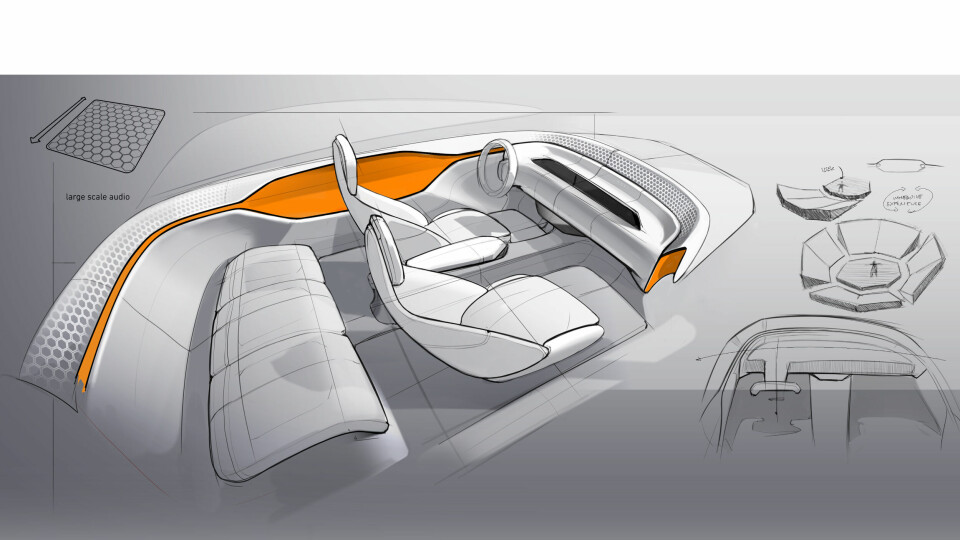
Car design, particularly in the automotive sector, has become more complex, presenting new challenges for UX designers. For example, five years ago, Studiokurbos compared how different voice control systems — such as Apple’s Siri, Android’s voice assistant, and Mercedes’ Hey Mercedes — responded to the same language. The way users interact with these systems is very different, and adapting to these differences is a key part of designing effective user experiences.
The future of automotive design seems increasingly tied to integrating smartphones into vehicles, with systems like Android Auto and Apple CarPlay expected to dominate in the long run. As networks continue to grow faster and more powerful, the next 10 to 15 years will see rapid changes in car design, possibly featuring self-learning UX systems and fewer screens, as the constant use of digital devices becomes more stressful.
Looking ahead, UX design might evolve to be more human-centered, with technologies like ‘shy tech’ and holographic displays projected in front of users. In the future, human needs, emotions, and technology will blend seamlessly, creating a more intuitive and immersive experience.



